
Pearblossom highway, 11-18 April 1986, by David Hockney
This past Friday I wrapped on the latest photoshoot for a few new rug designs that will be launching this summer. It was a two-day shoot with many moving parts. Scouting locations by tapping architects in the city, leaning on my very talented studio partner for photography and furniture, hiring movers for said furniture, more friends for general labor and more hired hands for lighting. We raced to grab the natural light as it passes through the shoot. I hold a potted plant at just the right height while in a squat position. The flow of making the best of what is available with the limited time we have in the space is a defining element of being a scrappy small business.
While shooting I was reminded of a quote from the English painter David Hockney explaining photography as a medium. "There is nothing wrong with photography, if you don't mind the perspective of a paralyzed Cyclops." In many ways he is right. We were faking a living room in front of this one-eyed device. We are tricking the camera repeatedly. Manipulating its limited viewpoint to communicate what we want to depict to the viewer. You can’t see the explosion of boxes and wrapping foam just off frame. It doesn’t matter that the potted plant is floating in the center of the dining room. The Cyclops sees only what it sees.
Hockney wasn’t dismissing photography. He was pointing out that, like any medium, it has built-in limitations. The camera captures a single, frozen point of view, unlike the way our eyes and minds move and assemble a scene in real life. As an artist, you have to understand those limits to work with them. Photography doesn’t automatically tell the truth; it only shows what it can see from one fixed position. The challenge, and the opportunity, is to use that narrow lens intentionally, bending the scene, crafting the composition, and filling in what the Cyclops cannot perceive, so the final image still feels alive to the viewer.
The same beast but with a new name
I’ve spent quite a bit of time over the years tinkering (and mostly failing) with online advertising. Like most small businesses, I’ve been squeezed between the behemoths: Google, Facebook, Instagram. I’ve recently been buying ad space on Pinterest and started seeing modest returns. Pinterest still rewards good images, good products, and good storytelling. It’s also friendly to evergreen products and images, meaning unlike Instagram its not a meat grinder of newness. But even here, the cracks are showing.
Pinterest is now offering new AI tools for advertisers. You upload a product photo, and the AI generates endless variations: new backgrounds, lighting, color palettes, and interior settings. Then it tests them all algorithmically, using scroll behavior and micro-pauses to choose which version performs best.
On the surface, it sounds like smart marketing. But it also feels wrong. I spend a huge amount of time refining my designs, developing custom yarns, testing dye techniques, and producing photoshoots that reflect the materiality and sensibility of the product. These images I have worked hard to create are not placeholders. They’re an extension of the object itself. When AI starts manipulating real photos into fantasy environments, it creates a widening gap between the actual object and its representation.
Our screens become unreliable narrators
You scroll through a grid of AI-optimized images. None of the rooms exist. The light isn’t real. The product might be, but it's been reshaped and re-lit by whatever has been deemed popular by your bespoke algorithm. Your interest is measured by how long you pause on an image. That pause is translated into a ranking of popularity and likelihood of purchase. The loop continues.
In this future, how can you confidently buy something as tactile and complex as rugs, upholstery, or wood furniture made of actual trees with actual wood grain? How do you know the texture, the weight, the finish? How do you know there’s a real person behind the brand, or that the product exists at all?
The erosion of trust isn’t just an issue for the consumer. It’s a loss for the culture. The designer, the aesthete, the artist, these roles aren't only about making things. They're part of a collective understanding of what is good.
I’m not hitting the drum of job loss for the creative class. I understand there will be huge benefits to using AI as a design tool. As what happened with cameras and fine art in the 19th century, it wasn’t the end of visual art. The camera changed what painting fundamentally was. We got Monet’s water lilies and Rothko’s Rust and Blue. Creative people will harness/ rebel/ reject/ manipulate AI to form new expressions of what it means to be human. We will learn to tame the Cyclops.
But this is not what is happening here. With the current Pinterest proposed setup of feedback loops feeding AI decisions, the design and artwork produced will be mediocre, and I mean this by the literal definition of the word. We have removed the human from the highly subjective decision-making process that is art direction. We will no longer be lifting the best among us within aesthetic fields. We will be viewing images on our phones based on the average. We are allowing the paralyzed Cyclops to create its own image.
This is not about jobs; it’s about a culture where aesthetic decisions are decided by the people who excel in their medium. A world where our space is formed by AI which is gathering micro votes from millions of eyes is going to be an uglier world. Michelangelo painted the Sistine chapel. The Vatican didn’t decide for every catholic to make one brush stroke each. We need creative people to make these subjective decisions and express themselves. We then learn from them. This is culture.
Take me Back
What comes next could be a return to the 3D world. As AI image manipulation becomes more widespread and harder to detect, skepticism grows. Online shopping will remain strong for massive brands, those who’ve drilled their logos into our heads through repetition and ubiquity. But for smaller companies without that muscle power, the effectiveness of digital ads will decline. People won’t trust my images.
My business will keep growing, but not through feeds and grids. It will grow through trade shows, where designers and architects can see and feel the work in person. Through my partnerships with physical showrooms with foot traffic. Through people talking to each other in real life.
In this world, my Pinterest ads would slowly taper off. My website would function mostly as a point-of-purchase for someone who has already encountered the product, either in person or through a real recommendation. Not an influencer. Not a post. Someone they actually know.
That feels like a more honest future. A little slower, a little harder to scale my business, but real.
We endlessly fall into our little black screens. When I was young the internet felt infinite, and it was fascinating to explore. With AI we are close to a future of true infinity, but one where instead of a feeling of exploration its just smoke and mirrors. Our phones are lying to us over and over and over again. At some point we need to put them down.
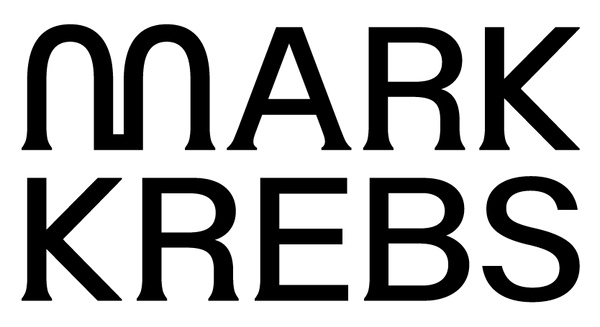
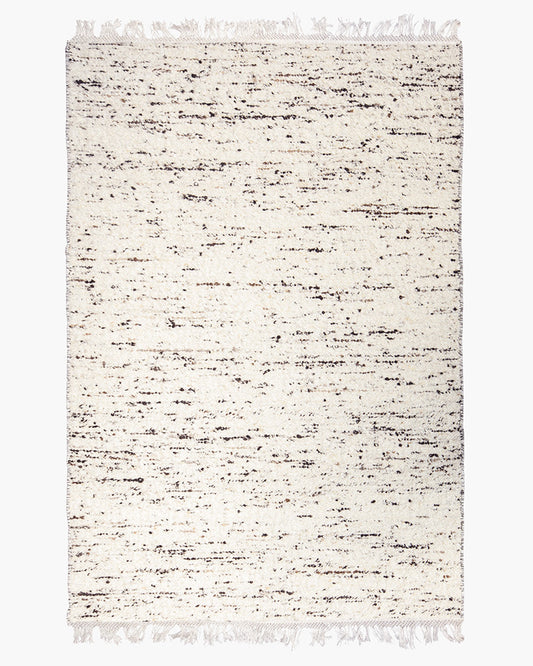
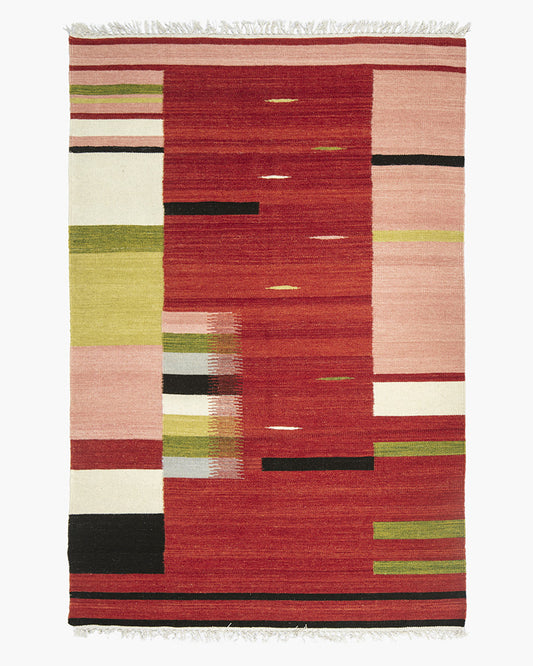
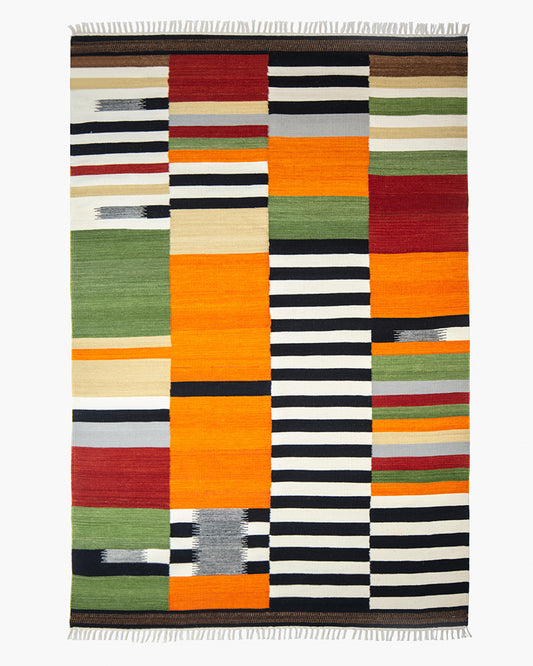
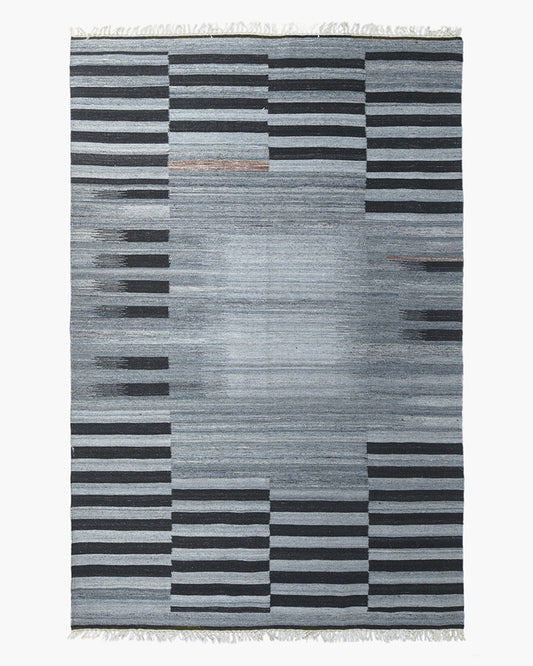
2 commentaires
Mark, you are spot on!
Could not agree with you more! I wish for authenticity and integrity to make a resurgence, with businesses like yours which honour the whole cycle from design, production, usage and environmental impact.